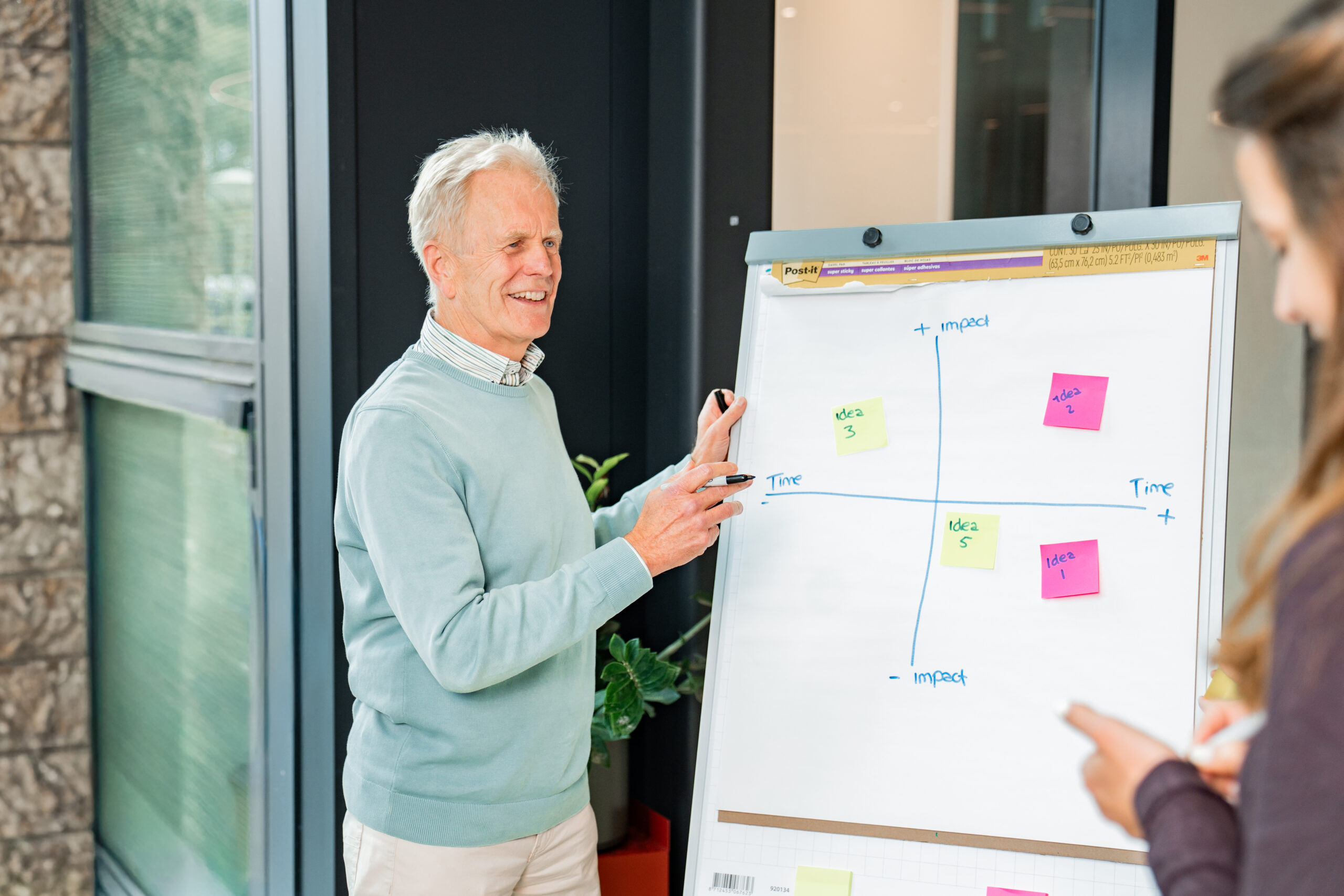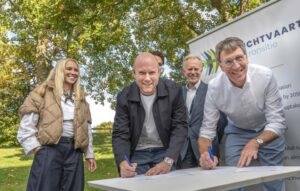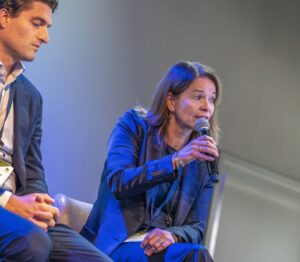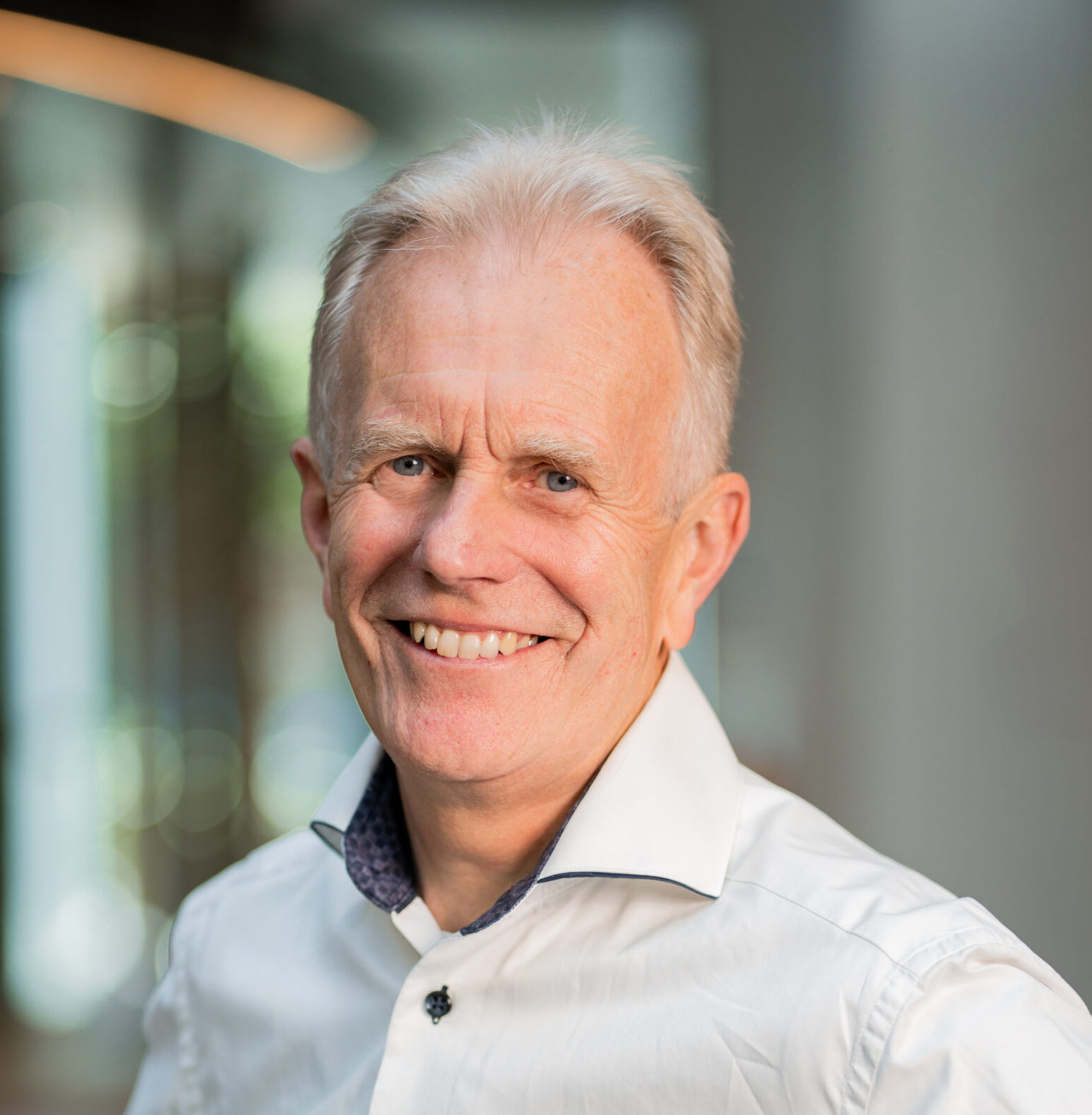
Clive McNabb
Director
Clive is an experienced strategy consultant and transformation leader. He helps organizations grow, professionalize, and create sustainable value. With his combination of board-level advice and hands-on leadership, he drives progress in complex challenges. His experience lies at the intersection of strategy, M&A, and large-scale transformations. Clive believes in the power of strong teams and increasingly focuses on sustainability and digitalization as engines for future-proof growth.
Share this article
Aviation veteran Clive McNabb has joined nlmtd with a clear ambition: restore the magic in flying. Not by going back, but by finally moving the industry forward into the 21st century: “We’ve got so much engineering capability, and yet we’re still stuck on two engines under a wing.” We spoke to McNabb about his vision and how it can become a reality.
“I’ve been hanging around airports since I was 12. Still today, I’m happiest under the wing of a 747. How this 400-tonne piece of metal gets into the air – that’s amazing.”
McNabb started working in the industry at 20, and 48 years later he still is. Along the way, he has worked for companies like Britannia Airways, KLM, Scarabee Aviation Group, as well as aviation consultancies including NACO, and It’s in the Air. His own passion is still the same as when he was 12, but he sees the magic of those early days is gone.
“I was standing at the gate in Las Vegas, about to get on a 777 with KLM back to the Netherlands. I looked around and nobody was engaged. They were oblivious to the ballet going on all around them: all the engineers that were checking the aircraft for safety, the maintenance, loading the aircraft, planning the most optimal route – everybody takes it for granted nowadays. We should be in absolute awe.”
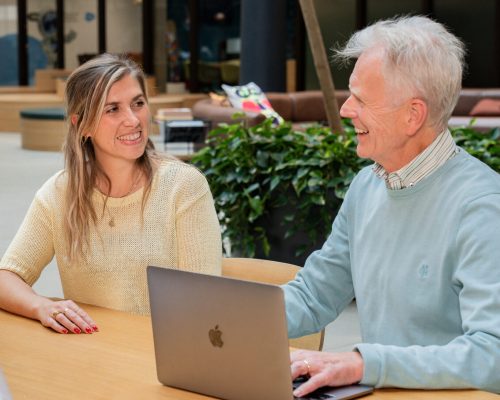
From service to mass transport
It’s not that he blames the travellers. The problem, he maintains, is that “we’ve forgotten we’re a service industry.”
“Our role is connecting people and cultures worldwide. And everybody loves traveling, but it’s no fun if you’re stuck in queues and crammed in tight aeroplanes. It’s all low-fare, low-cost now. We’ve become a mass transport industry.”
This has also stifled innovation. “Airlines are running on razor-thin margins. And their business day-in day-out is keeping a schedule and flying safe, which they do incredibly well, but it means they aren’t open to a change of business model, because it risks that model of stability and costs them a fortune.”
From magic to shame
All in all, clinging on to the old has stripped aviation of much of its former glory. Especially since the lack of innovation is also slowing down the transition to sustainable aviation. The magic of flying has been replaced by flight shame.
This doesn’t mean there hasn’t been any progress, McNabb acknowledges. “Apart from the continued move to sustainable fuel, the fuel economy is also completely different nowadays. Today’s aeroplanes are much more efficient.”
There’s a very good reason most people don’t know this though, which also points to the lack of fundamental change: aeroplanes still look basically the same as when McNabb entered the industry almost five decades ago.
“We’ve got so much engineering capability, and yet we’re still stuck on two engines under a wing,” he says. “This is the 21st century, we’ve got to do better.”
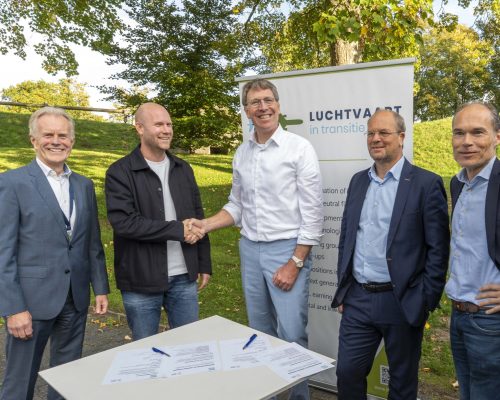
Electric aviation
This then, is what brought McNabb to nlmtd. As part of the Amsterdam-based innovation and strategy consultancy, he wants to help finally usher in a new age of aviation.
And he sees possibilities everywhere, because even though Boeing and Airbus are stuck in the past, there are countless start-ups working hard to take aviation into the future. Undoubtedly the most important step in realising this ambition is the development of electric planes.
“We’re further along than many people think,” McNabb notes. “Around 750 new aircraft of various types are being developed right now, almost all electric. And yes, some of them aren’t going to make it, but there’s so much innovation.Right here in the Netherlands, we’ve actually got the most electric aircraft movements in the world.”
While the weight and capacity of batteries still puts a limit on the distance an electric aircraft can cover, McNabb emphasises this is not as big of a problem as it is made out to be.
“We can already fly 600 kilometres, but with the newest batteries, we will soon be able to fly up to 1,000 kilometres. If we look at Europe, that’s nearly 50% of all commercial flights, meaning that as battery technology improves, the range will only expand further, and we could potentially decarbonise the vast majority of flights.”
“These technologies can be leveraged to make aviation sustainable,”
- Clive McNabb (nlmtd)
Regional air mobility
A concept that fits seamlessly into this shift towards electric aviation is regional air mobility. It’s also McNabb’s “absolute passion.”
Regional air mobility uses smaller aircraft to provide fast, flexible transport between cities and regions that are too close for traditional airline routes but too far or inconvenient for ground travel. It encompasses different modes of aviation, including an air taxi network, unmanned aviation and swarm flying, where several aircraft fly in close formation.
“These are all technologies we can use to make aviation sustainable,” McNabb explains. “The challenge now is to bring them to the market. To see which concepts work in which situation, have open and honest conversations about what’s feasible and desirable, and develop working business models around them.”
Operations guy
This is a crucial part, because the aircraft are only one piece of the puzzle. “There’s so much to work out: new revenue streams, better passenger experience, human-oriented security, new airline opportunities, new IT. This is not the old way, not just transporting people. This is something completely new and different – and very cool.”
It’s also where McNabb’s own expertise comes in. “I’m an operations guy. I’m really about the business. About how you can make an innovation work, both for the passenger experience and cargo. I get into the details – loading the aircraft, managing passenger streams, emptying toilets, and so on. I ask myself and people around me: ‘Is that going to work? Would you use this?’”
This way he helped introduce various innovations to the aviation industry. At Schiphol, for instance, he was involved in the development of new self-service systems. For TSA, he helped make the security process at US airports more user friendly. He also founded the company Res2, which offers a Departure Control System.
Reversing the consulting model
McNabb never considered himself a consultant. But when he learned about nlmtd, he saw a huge opportunity to help accelerate the transition to new modes of aviation.
“One of my friends, who’s CEO of a US airport, once said to me: ‘I want to get access to the consultants who really know the business, but I don’t like the consulting model: I have to go to proposal, the consultants turn up, promise me the world, charge a lot of money and in the end give me a report I could have written myself. Can we not reverse this model?’ Well, that’s the nlmtd model – they reversed it.”
A crucial part of this model is that nlmtd doesn’t have to wait for a client to hire them. “We’re all entrepreneurs. We can start an innovation platform. For years I’ve had this passion for electric flying and regional air mobility, but until now I never had the support to drive it over the line. With nlmtd, I believe we can make it happen.”
Clive combines his love of aviation with strategic insight into sustainability and digitalization. He helps organizations chart a course toward a future where data and renewable energy take center stage.


